If we rely on television for all our information, then we’d be convinced that the only thing mice like to eat is cheese. This, however, is a myth. As opportunistic feeders, mice love gorging on all sorts of food, including one of the most beloved spreads in the world: peanut butter.
But is peanut butter good for mice?
The answer is no, peanut butter isn’t good for mice, so you shouldn’t give your pet mouse any. While this delightful treat isn’t toxic to these rodents and even has nutrients that can benefit them, it can still do more harm than good.
Read on to find out why you shouldn’t let your pet mouse eat peanut butter!
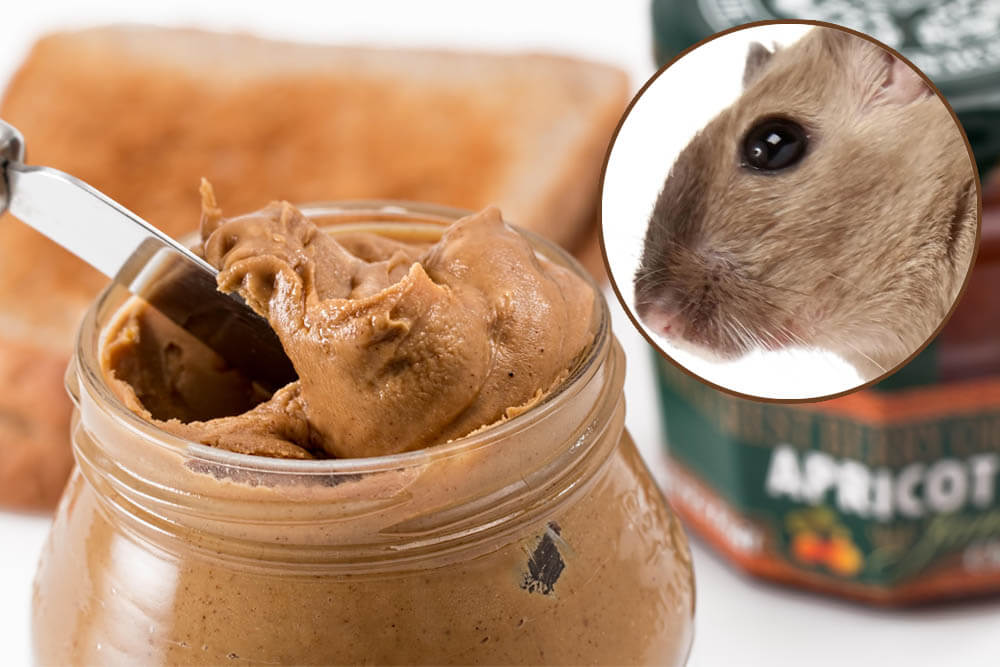
Why Is Peanut Butter Bad for Mice?
There are several reasons why you shouldn’t feed a pet mouse peanut butter:
Peanut butter is sticky
Peanut butter has an extremely sticky texture. When swallowed, it can therefore get stuck in a mouse’s airways to form a blockage that can cause extreme breathing difficulty or choking.
Worse, mice lack the ability to vomit or cough things up. This means they can’t clear up airways that have been blocked by peanut butter. The result? Death by suffocation.
According to researchers, a mouse’s brain isn’t wired for vomiting. Additionally, the muscles in its diaphragm and stomach aren’t capable of pushing food out via the throat. Lastly, while a human being can just quaff some water to ease choking, a mouse can’t do the same to flush down the peanut butter in its throat.
Peanut butter is sugary
Some peanut butter varieties are high in sugar. Unfortunately, mice can’t handle excess sugar.
If you feed your pet mouse sugar-rich peanut butter, it may experience digestive problems such as:
- Gas
- Diarrhea
- Stomach pain
Depending on your mouse’s sugar tolerance, the intensity of these issues may range from mild to severe.
Additionally, a mouse that consumes sugar-rich peanut butter regularly can end up suffering from more serious long-term effects, such as:
- Dental problems
- Sugar addiction
- Obesity
The pathological weight gain known as obesity is particularly dangerous, as it makes a mouse more susceptible to serious chronic conditions such as heart disease and diabetes.
Worse, there’s even evidence that a “moderate” amount of sugar can drastically shorten a mouse’s lifespan and impair its reproductive ability. In a University of Utah study, mice were fed a diet consisting of 25% extra sugar, which is the mouse equivalent of observing a healthy human diet while also drinking three soda cans every day. This resulted in the female mice dying at twice the usual rate, and the males becoming 25% less likely to reproduce and hold territory.
Peanut butter is high in fat
Peanut butter boasts a considerable amount of fat and is therefore also high in calories. Nevertheless, this fat is of the healthy kind, which explains why eating a moderate amount of peanut butter can be good for people going on a diet.
Remember, however, that mice are much smaller than humans; a modest amount of fat for a person is already too much fat for a mouse.
If you feed your pet mouse peanut butter in excess or frequently, it can therefore gain an obscene amount of weight, leading to the aforementioned obesity.
Worse, some types of peanut butter contain added trans fat, which is considered the worst kind of dietary fat. Trans fats have no health benefits whatsoever and have even been linked to many health problems including heart disease. And if trans fats are already bad for people, then they’re much worse for mice.
Some peanut butter types contain toxic ingredients
Peanut butter itself isn’t toxic to mice. However, some manufacturers add ingredients to their peanut butter products that can harm mice.
For example, some peanut butter varieties contain chocolate, which is rich in a substance called theobromine. Theobromine is toxic for mice (as well as dogs, cats, and even birds). The mouse liver can’t filter this chemical properly, which is why chocolate-containing peanut butter can make them sick. And the more of this food a mouse eats, the more lethal its toxicity grows.
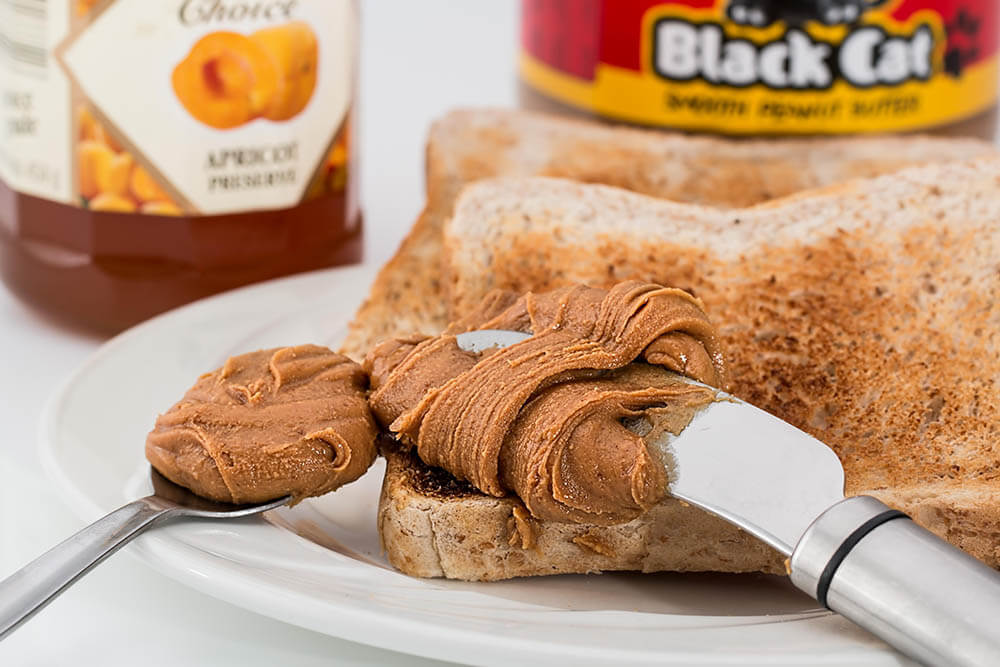
Do Mice Love Peanut Butter?
Mice absolutely adore peanuts. And because peanut butter simply consists of peanuts that have been roasted and thoroughly ground up into a gooey paste, these rodents also love peanut butter.
This is why a pet mouse won’t think twice about ingesting any peanut butter you offer it.
Aside from mice’s natural fondness for peanuts, peanut butter is also high in calories as we previously mentioned. Calories supply mice with the energy they need to survive and stay active. However, food isn’t always easy to come by in the wild. Thus, mice evolved to become opportunistic scavengers that are particularly drawn to calorie-rich foods – and pet mice are no different.
Mice are also tiny, and the smaller an animal is, the faster its body loses heat. They therefore need to ingest plenty of foods with high calorie content to stay warm. This makes peanut butter especially attractive during the winter months, as it’s a convenient (and delicious) source of much-needed calories.
And of course, peanut butter tastes and smells amazing – making it irresistible to mice.
You Can Use Peanut Butter as Mice Bait
As peanut butter is bad for mice, we don’t recommend giving any to your pet mouse. However, we do recommend using it as bait for unwelcome vermin.
Using peanut butter to eliminate mice
Remember, mice love peanut butter due to a variety of reasons. If you lay any peanut butter out in the open, they’ll come running toward it the moment the coast is clear. You can therefore put some peanut butter:
- Inside a live mouse trap to lure a mouse into said trap
- On the trigger of a snap trap to lure a mouse onto the trap
- On a small piece of bread in the middle of a sticky trap
As live mouse traps, snap traps, and sticky traps are cruel methods of mouse disposal, you can simply poison unwanted mice using peanut butter varieties high in toxic ingredients such as chocolate. This is a far quicker and more humane method of getting rid of rodent pests – not to mention peanut butter is cheap. All you need to do is spread this peanut butter over an area frequented by mice, then wait for the mice to eat it.
If you’re going to use peanut butter to poison a mouse, there’s one way to make it extra lethal: by mixing it with baking soda. This homemade poison should consist of an equal amount of baking soda and peanut butter that, when rolled into a ball, should be the size of a marble.
Other tips on using peanut butter as bait
Mice are intelligent beings that will avoid foods that have human scents on them. When preparing your peanut butter trap, it’s therefore a good idea to use rubber gloves.
When using peanut butter in combination with a snap trap, don’t use an abundance of bait. In general, a teaspoon or less of peanut butter is good enough. If you use too much, your mouse could become full from eating and thus leave the trap before triggering it.
The best places to put baited traps include your basement’s darkest areas, behind kitchen appliances, and other spots you’ve observed mice frequently visiting.
Mouse traps are best placed around your home’s baseboards. This is because mice prefer sticking near the walls.
It’s a good idea to place the baited portion of the trap against the baseboard. This will increase the likelihood of a mouse running into it.
Keep a record of where you’ve placed your traps. Check these traps regularly and immediately remove any that have already caught mice.
Set a greater number of traps than you think is necessary. Usually, the most mice are caught during the first night you use these traps, so be generous when setting them!
When cleaning up trapped mice or their bodily fluids, make sure to wear gloves. These rodents are usually riddled with pathogens that they can transmit to humans to cause disease.
Last but definitely not least, ensure your peanut butter traps aren’t accessible to your other pets. If you have dogs, for example, you can spread the peanut butter in places too high for them to reach.
Other ways to get rid of mice
Don’t have peanut butter? Then you can use live mouse traps, snap traps, and sticky traps in combination with jelly beans, hot dogs, cooked bacon, a drop of honey or molasses, or even cotton or dental floss. Mice are attracted to these items and will willingly approach them wherever you’ve placed them.
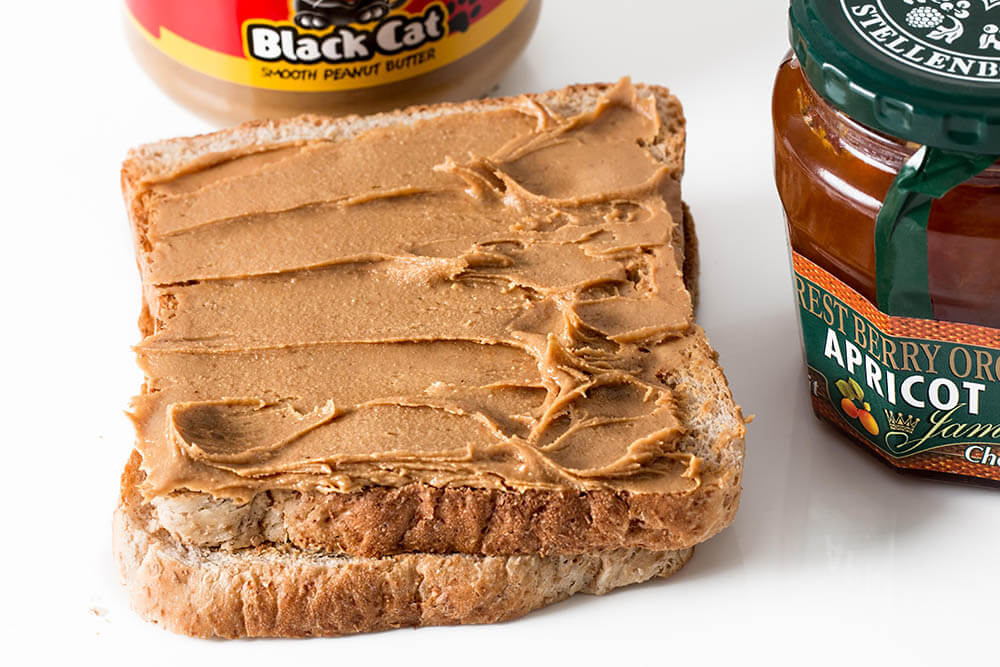
Other Foods Your Pet Mouse Shouldn’t Eat
Do you want to keep your pet mouse safe from harm? Then avoid giving it the following foods:
- Bacon
- Candy
- Chocolate
- Citrus fruits such as oranges, grapefruit, and lemons
- Garlic
- Grapes or raisins
- Iceberg lettuce
- Onions
- Raw beans
- Rhubarb
- Walnuts
Some of these foods, such as grapes or raisins, rhubarb, and walnuts are extremely toxic to mice; keep your pet away from them if you want it to live. Others, such as bacon and chocolate, contain substances that can make a mouse ill and cause even more serious problems if eaten often or in abundance.
Best Treats to Feed Your Pet Mouse
If you want to give your pet mouse a tasty treat, it’s best to feed it something healthy.
Below, we list the foods your mouse can eat safely and benefit from.
Fruits
Mice can eat and benefit from the nutritional value of various fruits, including:
- Apples
- Bananas
- Berries
- Mangoes
- Melons
- Nectarines
- Peaches
- Pears
- Plums
- Raspberries
- Tomatoes
Before feeding your mouse any of these fruits, make sure to wash them thoroughly and remove their pits or seeds. Also, keep these fruits fresh and raw.
Vegetables
The following vegetables are not only delicious but also nutritious for mice:
- Arugula
- Beans
- Bok choy (and other Asian greens)
- Broccoli
- Brussels sprouts
- Cabbage
- Carrots
- Celery
- Corn
- Cucumbers
- Curly kale
- Endives
- Parsley
- Peas
- Shallot
- Snow peas
Before feeding your mouse any of these vegetables, make sure to wash them thoroughly. You can also chop them up into smaller pieces to make eating them easier for your pet. Also, make sure these veggies are fresh.
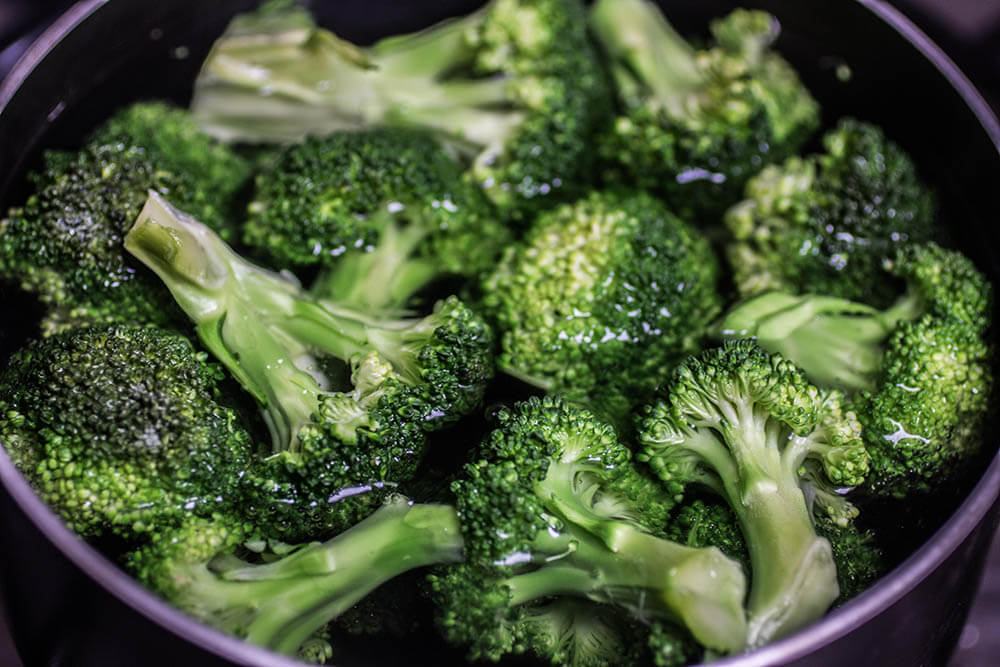
FAQs About Peanut Butter for Mice
It’s time to answer frequently asked questions about peanut butter for mice!
Can mice eat peanuts?
Yes, but it depends on the type. Some manufacturers add a lot of salt to peanuts, and too much salt is bad for mice. Other ingredients can cause trouble, too.
For this reason, make sure any peanuts you give your pet mouse are as plain as possible.
Also, keep in mind that peanuts are high in fat. If you don’t want your pet growing obese or experiencing other health concerns, don’t feed it peanuts too often or in excess.
No. It’s bad enough that peanut butter cookies contain peanut butter, but they’re also rich in sugar and possibly toxic ingredients. If you don’t want your pet getting obscenely overweight or suffering from serious illness, don’t give it peanut butter cookies!
Can mice eat peanut butter balls?
Absolutely not. Peanut butter balls contain peanut butter and are high in fat. To make matters worse, they also contain chocolate, which, as we’ve discussed above, can kill your pet due to containing the chemical theobromine. In tiny doses, theobromine can make a mouse seriously ill. The more theobromine it consumes, however, the more likely it can die from theobromine toxicity.
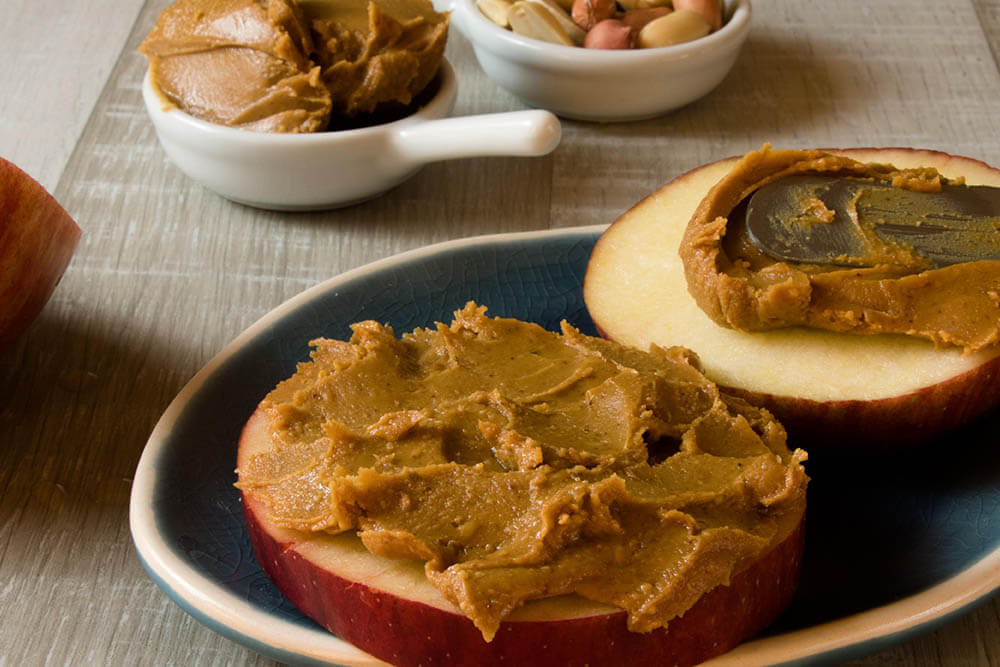
Conclusion
Mice may be drawn to peanut butter thanks to its savory taste, mouthwatering scent, and calorie-rich goodness, but this spread isn’t good for them. It’s sticky, sugary, fatty, and potentially high in ingredients that are toxic to our rodent friends. If you’re eager for your pet to enjoy a delicious treat, you should feed it nutritious fruits and vegetables, instead.
If you’re looking for a mouse-related use for peanut butter, you’re better off using it as bait for traps.
